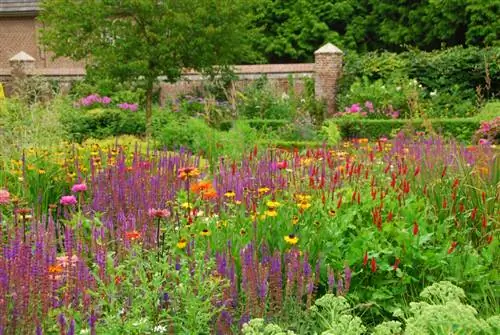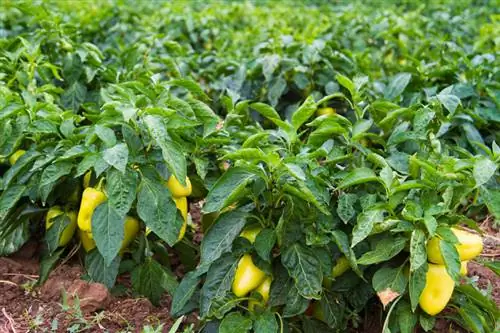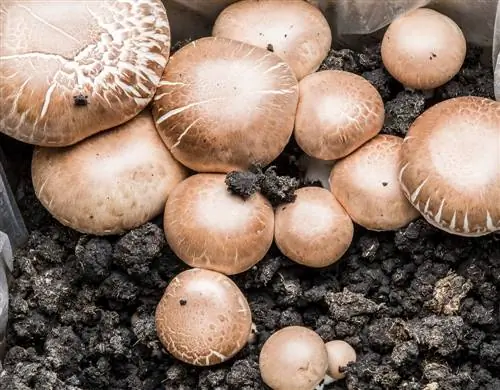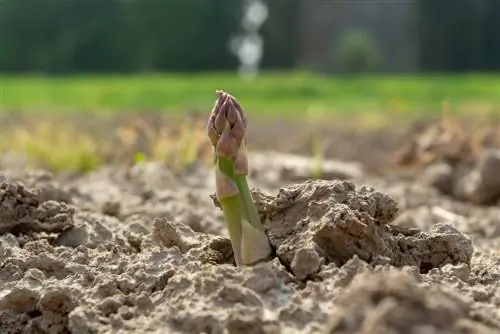- Author admin [email protected].
- Public 2023-12-16 16:46.
- Last modified 2025-01-23 11:20.
The knotweed family is very large: a total of around 48 genera with over 1200 different species are known. In our gardens, the creeping knotweed, a climbing plant, and the Japanese knotweed, a perennial plant that grows very quickly and very tall, are both common and feared. In this article we will introduce you to the most important facts about planting knotweed.
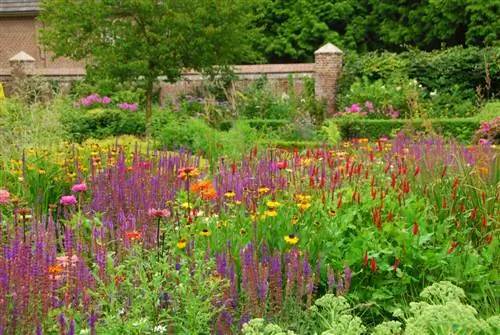
Is it useful to plant knotweed in the garden?
Planting knotweed makes sense if you want fast-growing and large-scale greenery. However, be sure to prune regularly to avoid overgrowth. Knotweed thrives in sunny to shady locations and prefers nutrient-rich, moist soil.
Is it useful to plant knotweed in the garden?
The spirits argue about this, because the extremely fast-growing knotweed plants beautifully even large areas, but in return it overgrows everything and displaces other plants. Therefore, its growth should be kept in check by regular heavy pruning. The climbing plant also develops very deep and branched roots and is therefore difficult to remove.
Can knotweed also be cultivated in a bucket (e.g. on the balcony)?
Due to the strong growth, cultivation in pots - for example for balcony greening - is only recommended to a limited extent.
Which location does knotweed prefer?
Knöteweed is relatively undemanding and thrives very well in the sun, partial shade or even shade. Only northern locations should be avoided.
When is knotweed planted/sown?
It is best to plant the knotweed in spring (after the ice saints!) or in early autumn.
Where should knotweed not be planted?
Knotweed should not be planted with other climbing plants due to its tendency to crowd out other plants through its strong growth. Planting near trees should also be avoided - the strong tendrils can knock down even strong trees.
What planting distance should be maintained?
The climbing knotweed, which grows up to 20 meters high, should be planted at a distance of 50 to 60 centimeters - for example for greening facades.
Which soil does knotweed prefer?
Knotweed thrives best in nutrient-rich, moist soil.
How to plant knotweed?
The most important thing is to guide the knotweed in the desired direction with a sufficiently robust climbing aid (e.g. scaffolding). The climbing frame should guide the vigorously growing shoots, but make sure that the knotweed does not reach any gutters, gutters or pipes. Loosen the soil, which is often stony near house walls, and fill in a layer of gravel at the bottom of the planting pit as drainage.
When does knotweed bloom?
Knotweed blooms very luxuriantly and persistently between July and October.
Tips & Tricks
Please note that knotweed cannot usually be transplanted due to its roots that reach several meters deep.

